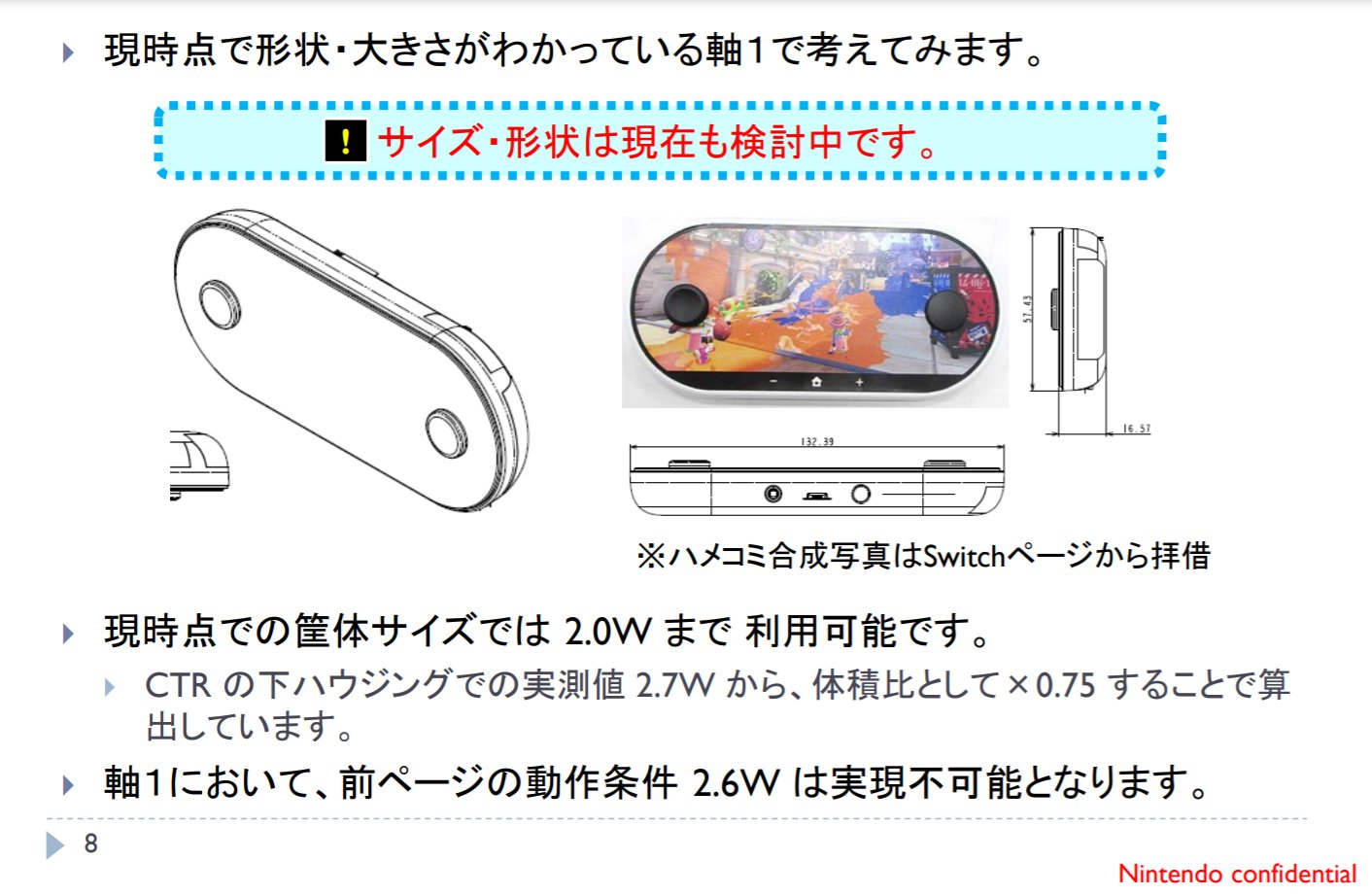Platform: Nintendo Switch
Twin Breaker: A Sacred Symbols Adventure
River City Girls
Prison Architect
The Legend of Zelda: Breath of the Wild
Thirsty Suitors
Pac-Man World Re-Pac
Sifu
Smite
Shadow Labyrinth
Crash Bandicoot N. Sane Trilogy
Tomb Raider I•II•III Remastered
Rogue Legacy
Antonball Deluxe
Xenoblade Chronicles 2
DC Universe Online
The Great Ace Attorney: Adventures
Just Dance 2024 Edition
My Time at Portia
Everybody 1-2-Switch
Chroma Squad
My Time at Sandrock
Streets of Rage 4
It Takes Two
This Is the Police
Yoshi's Crafted World
Sid Meier's Civilization VI
Trove
Annalynn
Persona 4 Golden
Hogwarts Legacy
Sonic Origins Plus
Ittle Dew 2
Final Fantasy XV
Bit.Trip Presents... Runner2: Future Legend of Rhythm Alien
Hyperdevotion Noire: Goddess Black Heart
Final Fantasy X/X-2 HD Remaster
Paper Mario: The Origami King
WarioWare: Get It Together!
Super Dark Deception
Megadimension Neptunia VII
Deliver Us the Moon
Persona 3 Portable
Yeah Yeah Beebiss II
Aliens: Fireteam Elite
Super Mario Maker 2
Katana Kami: A Way of the Samurai Story
Arzette: The Jewel of Faramore
Pokémon Brilliant Diamond
Everything
Fire Emblem Warriors: Three Hopes
Viewing Single Trivia
▲
2
▼
Among the material uncovered in the 2020 Gigaleak, a large-scale data leak from Nintendo's internal servers, was a series of documents surrounding Project INDY, an early iteration of the Nintendo Switch co-developed with ST Microelectronics. Project INDY was envisioned as a successor to the Nintendo 3DS and was halfway between it and the Wii U in terms of processing power.
The system would've carried over many of the 3DS' features, including dual-screen functionality, touch controls, stereoscopic 3D, motion sensors, augmented reality functionality, and StreetPass support. The system also would've featured backwards compatibility with 3DS game cards, Bluetooth connectivity (including support for wireless speakers and headsets), GPS functionality, a videotelephony app, the ability to wirelessly project games to a TV screen via Miracast, and support to quickly convert a commercially released unit into a developer system, easing development costs for independent studios. Many of these features would be carried over to the Switch in modified forms.
Technical documents for Project INDY show that while prototype software was developed for the system, Nintendo were unsure about its specifications and came up with various alternative options, such as support for 120 fps video, an 800p display, and a design with a single, oblong touchscreen that spans the full face of the device save for two joysticks near each end. The latter design was the final iteration that Nintendo came up with before ceasing work with ST Microelectronics in late 2014. By this point, Nintendo had devised the Switch's final name, listing it on the design's blueprints.
An earlier iteration of this oblong design would also become the basis for a hoax image created in the interim between Nintendo president Satoru Iwata's announcement of the Switch's development in March 2015 and the company's first public reveal of the device in October 2016. The image is a 3D-printed mockup of the Switch based on a patent filed earlier in 2014, which itself reveals that Nintendo was still considering stereoscopic 3D, backwards compatibility with 3DS games, and videotelephony support.
The system would've carried over many of the 3DS' features, including dual-screen functionality, touch controls, stereoscopic 3D, motion sensors, augmented reality functionality, and StreetPass support. The system also would've featured backwards compatibility with 3DS game cards, Bluetooth connectivity (including support for wireless speakers and headsets), GPS functionality, a videotelephony app, the ability to wirelessly project games to a TV screen via Miracast, and support to quickly convert a commercially released unit into a developer system, easing development costs for independent studios. Many of these features would be carried over to the Switch in modified forms.
Technical documents for Project INDY show that while prototype software was developed for the system, Nintendo were unsure about its specifications and came up with various alternative options, such as support for 120 fps video, an 800p display, and a design with a single, oblong touchscreen that spans the full face of the device save for two joysticks near each end. The latter design was the final iteration that Nintendo came up with before ceasing work with ST Microelectronics in late 2014. By this point, Nintendo had devised the Switch's final name, listing it on the design's blueprints.
An earlier iteration of this oblong design would also become the basis for a hoax image created in the interim between Nintendo president Satoru Iwata's announcement of the Switch's development in March 2015 and the company's first public reveal of the device in October 2016. The image is a 3D-printed mockup of the Switch based on a patent filed earlier in 2014, which itself reveals that Nintendo was still considering stereoscopic 3D, backwards compatibility with 3DS games, and videotelephony support.
Comments (0)
You must be logged in to post comments.
